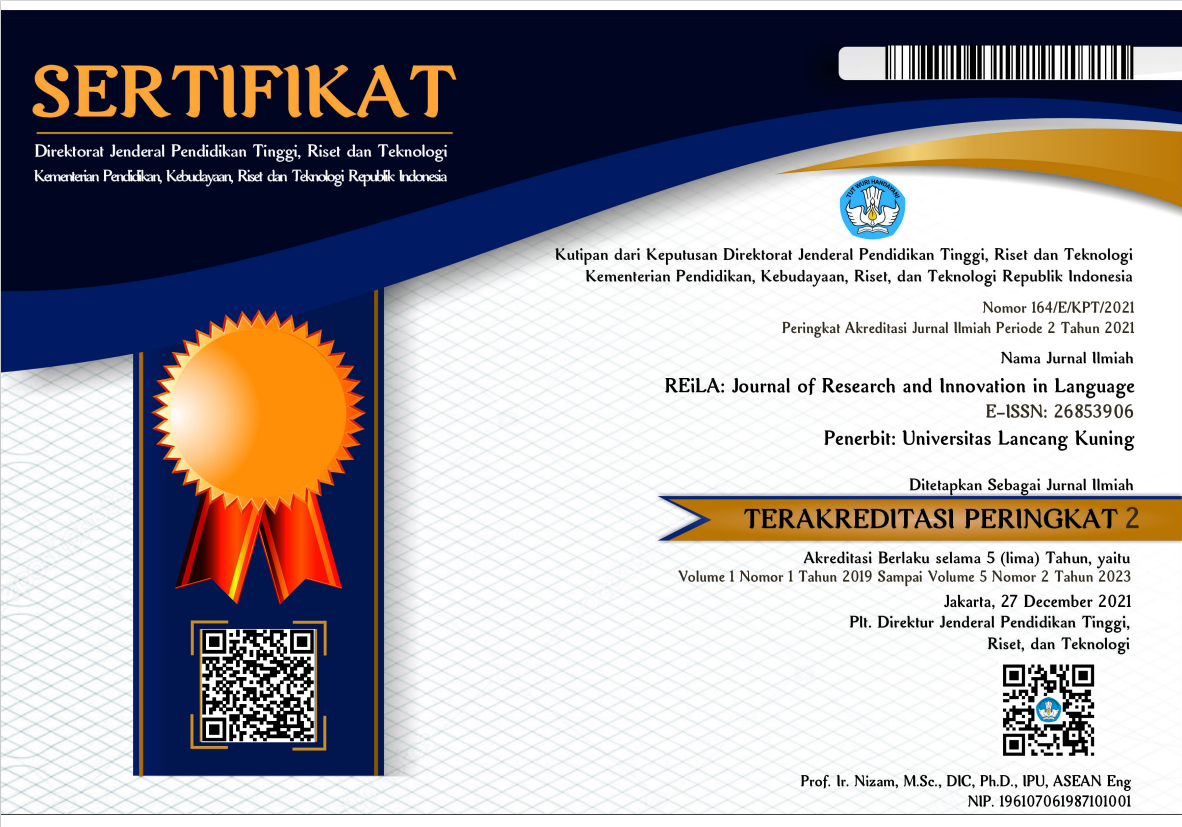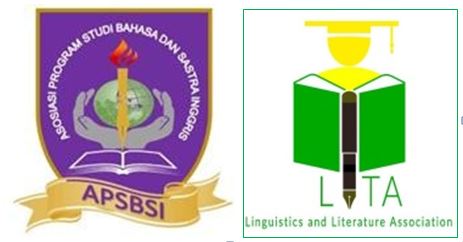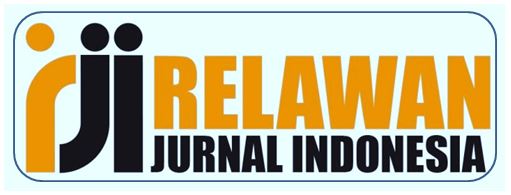Language Comparison Between Swahili and Malay Languages with Semantic and Pragmatic Problems
Abstract
The purpose of this study is to explore the similarities and differences of Malay and Kiswahili, which is better known as Swahili. This study intends to investigate the patterns of response from Malays and Kiswahili. In discussing the idea of linguistic meaning by comparing the Swahili language with Malay, this study focuses on different meanings, assuming that there will be differences regarding the discussion of meaning types that can enhance understanding and appreciation of linguistic meaning. The discussion takes a general conceptual orientation of approach that considers language to be an analysis where the analytical unit is speech acts. From a broader perspective, this article distinguishes the conceptual and associative meaning of the use of Malay and Swahili languages then begins dealing with the individual types. There are five types of meanings discussed, namely conceptual, connotative, social, affective and collocative. The results show that there are many differences between Malay and Swahili languages. The connotation is meaning that is still difficult to understand, and it is what requires the continuation of learning semantics and pragmatics because every language has a different meaning following the culture.
Downloads
References
Abdoolcarim, Z. (2002, September 8). 'Mahathir is Embattled': Behind the growing pressures on the PM. Asiaweek. Retrieved from: http://edition.cnn.com/ASIANOW/asiaweek/magazine/2000/0908/nat.malaysia.html
Asril, E., & Wiza, F. (2017, December). Effectiveness of Smartphone Application for the Development of Youth Anthusiasm to Malay Culture. In IOP Conference Series: Earth and Environmental Science (Vol. 97, No. 1, p. 012007). IOP Publishing.
Bybee, J. L., & Hopper, P. J. (2001). Frequency and the emergence of linguistic structure (Vol. 45). John Benjamins Publishing.
Cronin, B. (2016). Multiple and mixed methods research for economics. In Handbook of Research Methods and Applications in Heterodox Economics. Edward Elgar Publishing.
Derin, T., Putri, N. S., Nursafira, M. S., & Hamuddin, B. (2020). Discourse Analysis (DA) in the Context of English as a Foreign Language (EFL): A Chronological Review. ELSYA: Journal of English Language Studies, 2(1), 1-8.
Dik, S. C. (1978). Stepwise lexical decomposition. The Peter de Ridder Press.
Fontaine, R., & Richardson, S. (2005). Cultural Values in Malaysia: Chinese, Malays and Indians Compared. Cross Cultural Management, 12(4), 63–77. https://doi.org/10.1108/13527600510798141
Gabriel, S. P. (2014). ‘After the break’: re-conceptualizing ethnicity, national identity and ‘Malaysian-Chinese’identities. Ethnic and Racial Studies, 37(7), 1211-1224.
Goddard, C. (1997). The universal syntax of semantic primitives. Language Sciences, 19(3), 197-207.
Greimas, A. J. (1970). Les proverbes et les dictons. Du sens, 1, 309-314.
Hopper, P., & Traugott. E. C. (1993). Grammaticalization (2nd ed.). Cambridge University Press.
Junaidi, J., Hamuddin, B., Simangunsong, W., Rahman, F., & Derin, T. (2020). ICT Usage in Teaching English in Pekanbaru: Exploring Junior High School Teachers’ Problems. International Journal of Advanced Science and Technology, 29(3), 5052-5063.
Kahrel, P. (1985). Indirect questions and relators. Bolkestein et al.(eds.), 165-181.
Kasriyati, D., Rafiah, S., Herdi, H., & Abbas, M. F. F. (2019). Lexical Errors Found in Subtitling Projects of EFL Learners of University of Lancang Kuning. Lectura: Jurnal Pendidikan, 10(2), 155-166.
Kempson, R. M. (1977). Semantic theory. Cambridge University Press.
Leech, G. (1981). Semantics: the study of meaning: –Revised and Updated: England. Pelican Books
Mastor, K. A., Jin, P., & Cooper, M. (2000). Malay culture and personality: A Big Five perspective. American Behavioral Scientist, 44(1), 95-111.
Mwihaki, A. (2004). Meaning as use: a functional view of semantics and pragmatics. In Swahili Forum (Vol. 11, No. 1, pp. 127-129).
Noah, S. A., Omar, N., & Amruddin, A. Y. (2015). Evaluation of lexical-based approaches to the semantic similarity of Malay sentences. Journal of Quantitative Linguistics, 22(2), 135-156.
Nor, Z. M., & Zamri, N. (2015). Lexical Features of Malaysian English in a Local English-Language Movie, Ah Lok Café. Procedia-Social and Behavioral Sciences, 208, 282-299.
Ozóg, A. C. K. (1993). Bilingualism and national development in Malaysia. Journal of Multilingual & Multicultural Development, 14(1-2), 59-72.
Ramadhan, Y. (2019). An Analysis of Semantic Waves: Maton’s Legitimation Code Theory for Cumulative Knowledge-Building. ELSYA: Journal of English Language Studies, 1(2), 39-44.
Raslie, H. B., & Azizan, A. B. (2018). Refusals in the Malay Culture: Gender Differences in Focus. International Journal of Academic Research in Business And Social Sciences, 8(12).
Sapir, E., & Mandelbaum, D. G. (1956). Culture, Language and Personality. Selected Essays Edited by David G. Mandelbaum. University of California Press.
Winstedt, R. (1981). The Malays: A cultural history. Three Continents. Amazon
Winstedt, R. O. (1927). The great flood, 1926. Journal of the Malayan Branch of the Royal Asiatic Society, 5(2 (100), 295-309.
Zook, K. L., & Pearce, J. H. (2018). Quantitative descriptive analysis. In Applied Sensory Analy of Foods (pp. 43-71). Routledge.










